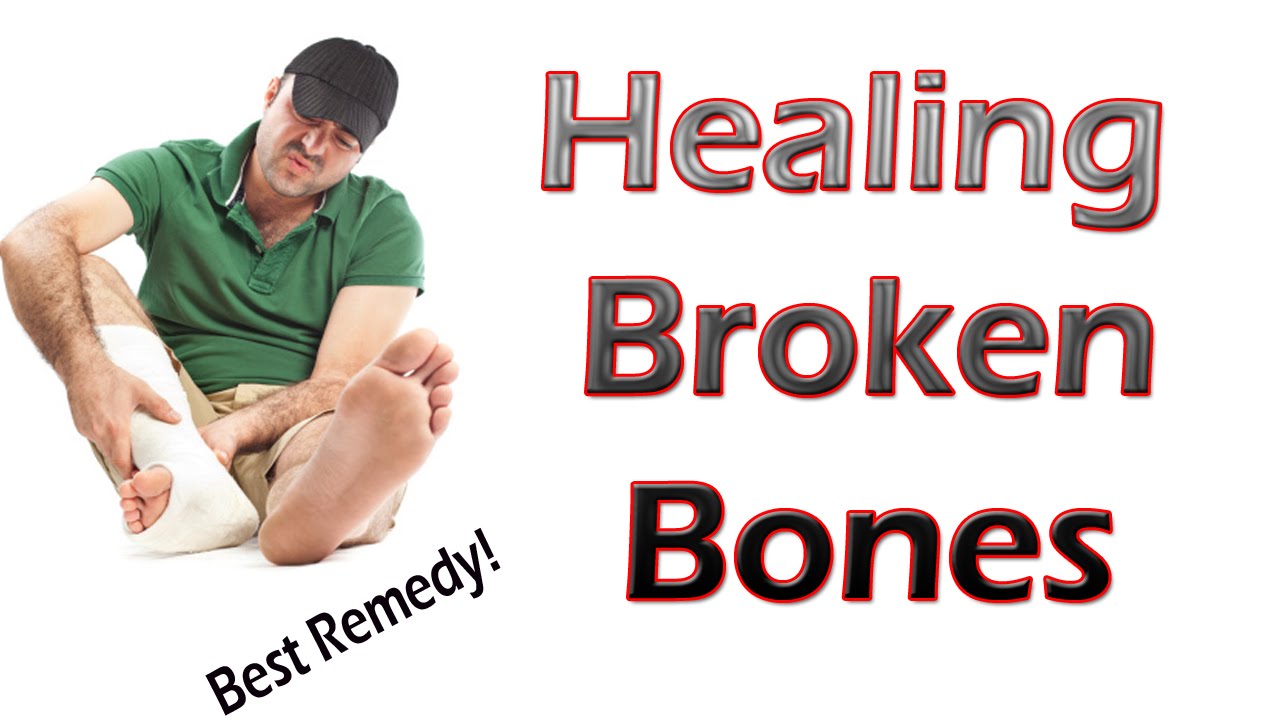What Is A Bone Fracture?
A bone breaks or fractures when a force is applied to it that it cannot bear. Fractures, however, can also result from conditions including osteoporosis, brittle bone disease, and cancer that weaken the bones. The strength and structure of the bone is damaged, which results in pain, loss of function, and occasional bleeding and damage to the surrounding tissue. There are different types of bone fractures. Various factors, including the force, the position of the fracture, the person's age and general health, determine whether fractures are more severe than others. Three bones that are prone to fracture are the hip, ankle, and wrist. Hip fractures are particularly common in older people.

What signs indicate a fracture?
The most typical signs of a fracture include the ones listed below. However, each person may exhibit their symptoms in a unique way. Possible signs include:
- 1. Discomfort in the injured area
- 2. Swelling in the wounded region
- 3. Visible malformation in the injured area
- 4.Restrictions in movement
- 5. Warmth, bruising, or redness around the wound
Causes
The following are typical reasons for shattered bones:
- 1. Falling from a height
- 2.Trauma
- 3. Accidents
- 4.Direct force
- 5. Running can result in repetitive stress that can lead to stress fractures in the foot, ankle, tibia, or hip.
Prevention Of Fractures:
- 1. Physical exercise
- 2. Nutrition and sunlight
- 3. Avoid drinking alcohol and smoking
Exercises, especially weight-bearing exercises, serve to increase the density and strength of the bones. Walking, dancing, skipping, and even running can all aid in the prevention of fractures. Not everyone has weaker bones just because they are older; certain persons who engage in fewer physical activities are also more prone to fractures.
Yoghurt, milk, cheese, and leafy green vegetables are all excellent sources of calcium, which is vital for strong, healthy bones. Additionally, vitamin D, which is obtained from both sunlight and eggs, aids in maintaining strong bones.
Due to the improper blood flow to the bones, smoking and alcohol consumption weaken bones.
Using PRP to treat fractures
The majority of the time when a bone fractures, the broken bone is kept motionless and in the right position, which helps the bones fuse together as one. Surgery might also be required when the condition is more serious. Platelet-rich plasma therapy, or PRP, is now often used to treat fractures because it has the ability to stimulate tissues to form more quickly, assisting in a quicker healing process following a fracture. Orthopaedic surgeon Dr. Vineeth MB from Ernakulam provides bone fracture PRP treatment in Kochi. bone brittleness and osteoporosis treatment Kerala, India










